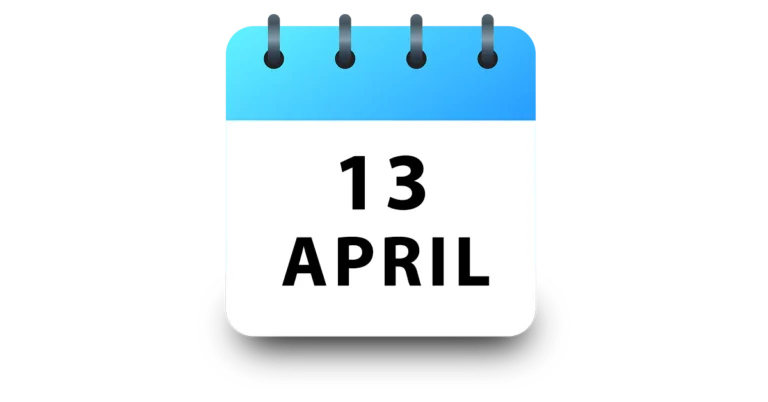15 November 2024 : Daily Current Affairs
1. Australia Proposes Law to Ban Social Media for Under-16s, Sparking Debate on Youth Online Safety
(Source: Indian Express; Section: Explained; Page: 17)
| Context: |
|
Analysis of News:
Key Elements of the Proposed Legislation
- The upcoming law aims to bar users under 16 from platforms like Instagram, Facebook, and TikTok.
- A recent draft, the Children (Social Media Safety) Bill 2024, suggests imposing responsibilities on social media providers to restrict access and proposes fines to create a Children’s Online Safety Fund to support affected minors and fund implementation.
Challenges with Age Verification
- One significant challenge in enforcing the ban is reliable age verification.
- Methods under consideration include government ID checks, credit card details, and facial age estimation, although these raise privacy concerns due to the handling of minors’ data by corporations.
Impacts of Social Media on Adolescents
- Increased social media use among adolescents correlates with negative outcomes, including mental health issues, poor sleep, and heightened anxiety.
- Experts suggest that adolescents may struggle with healthy engagement on social media, which can lead to dependency and self-esteem issues linked to online interactions.
Positive Aspects and the Role of Social Media
- Social media can foster connection, self-expression, and support for issues like mental health and identity.
- During the pandemic, it kept adolescents connected despite isolation, though it also normalized device ownership for children, contributing to increased usage.
Recommended Actions for Responsible Use
- Experts advise advocating responsible social media use rather than outright bans.
- This involves parental guidance, open conversations about online behavior, and education on healthy engagement.
- Additionally, policymakers, companies, and parents play roles in enforcing age-appropriate standards, protecting privacy, and encouraging digital literacy to foster safer online experiences.
| Issues with Banning Social Media for Children |
|
| Practice Question: Evaluate the potential impacts and challenges of implementing age restrictions on social media use for minors. What role should governments, social media companies, and parents play in ensuring a safe online environment for adolescents? (250 words/15 m) |
2. EU’s Climate-Linked Trade Measures Spark Global Debate on Fairness and Economic Impact
(Source: Indian Express; Section: Explained; Page: 17)
| Context: |
|
Analysis of News:
The Carbon Border Adjustment Mechanism (CBAM)
- CBAM is designed to tax imports based on emissions associated with their production, aiming to prevent “carbon leakage” by discouraging companies from relocating production to countries with lenient environmental standards.
- While CBAM intends to promote greener production methods, it disadvantages exporters from developing countries who may lack resources for low-emission technologies.
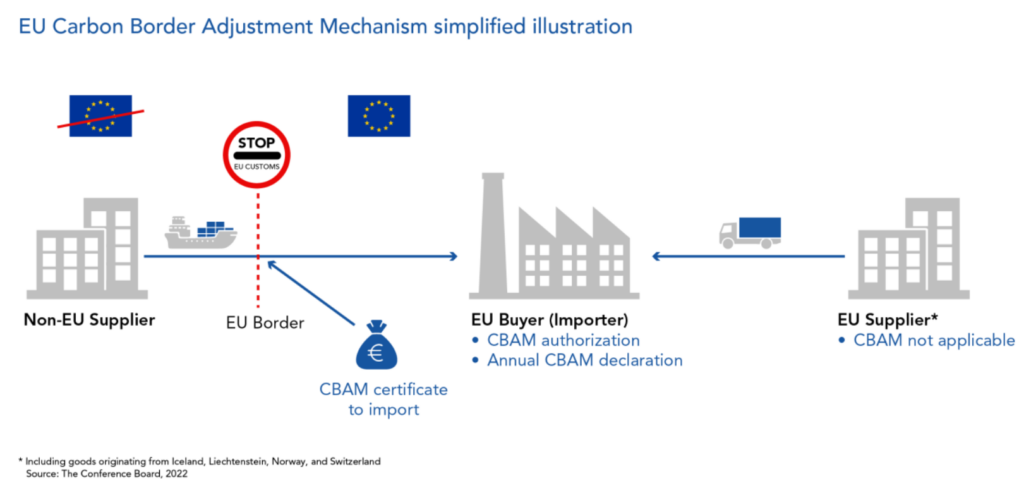
Challenges for Developing Countries
- Developing nations argue that CBAM disregards the Paris Agreement’s principle of “differentiated responsibilities,” which allows them more flexibility in balancing development and environmental responsibilities.
- They fear CBAM may act as a trade barrier, reducing export competitiveness and potentially violating international agreements meant to protect vulnerable economies from climate policy impacts.
The Rise of Climate-Driven Protectionism
- CBAM and similar measures are seen as steps toward a more protectionist world, where trade restrictions serve multiple interests—environmental, economic, and strategic.
- Countries are increasingly scrutinizing foreign products based on environmental concerns, with the UK and Canada exploring CBAM-like policies.
- The trend extends to measures like the US Inflation Reduction Act, which incentivizes domestic clean energy production, impacting global trade dynamics.
Impact on Global Supply Chains and Trade Dynamics
- Climate-related trade restrictions, together with frequent climate-induced natural disasters, are pushing countries to reconsider global supply chain dependencies.
- Concepts like “nearshoring” and “reshoring” are gaining traction as countries prioritize resilience and reduced vulnerability to external disruptions.
Minimal Environmental Impact and Economic Motives
- A study by the Asian Development Bank suggests CBAM’s limited efficacy in reducing greenhouse gases compared to other emission control mechanisms, hinting that economic and strategic motives may drive its adoption.
- The convenience of climate objectives serves as a justification for greater control over critical resources and technologies, especially as nations strive to mitigate risks like those witnessed during the pandemic.
Conclusion: Balancing Climate Goals and Trade Equity
- While climate-driven trade measures have potential benefits, including innovation and higher environmental standards, they also risk deepening inequalities.
- Developing nations emphasize the need for an inclusive approach that respects differentiated capabilities, ensuring climate policies foster sustainable development without compromising trade equity.
| What Steps Can be Taken By India To Counter CBAM? |
|
Opposition to CBAM:
Consideration of Export Tax:
Market Diversification Strategy:
Seizing the Green Opportunity:
|
| Practice Question: Discuss the implications of climate-related trade measures, such as the EU’s Carbon Border Adjustment Mechanism (CBAM), on developing economies. How do these measures align with global climate agreements, and what challenges do they pose for equity in international trade? (250 words/15 m) |
3. AFSPA back in six violence-hit areas of Manipur
(Source – The Hindu, International Edition – Page No. – 1)
| Context |
|
Analysis of the news:
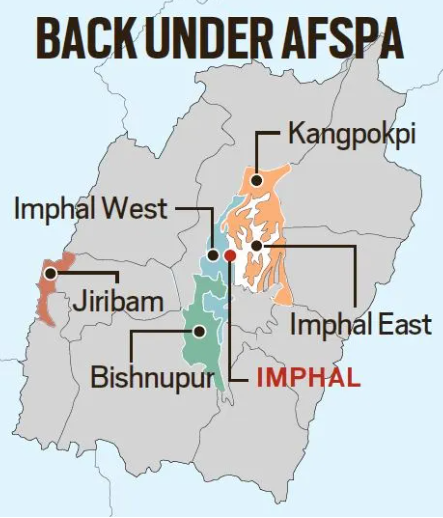
- The Union Home Ministry reimposed AFSPA in Manipur on Thursday due to ethnic violence.
- Six police station limits in five districts have been declared “disturbed areas” for security operations.
- These areas include parts of Imphal West, Imphal East, Jiribam, Bishnupur, and Kangpokpi.
- AFSPA was withdrawn in April 2022 due to improved security, but the situation remains volatile.
- The reimposed AFSPA will be effective until March 31, 2025.
- The Army and Assam Rifles can operate freely without waiting for Magistrates or police.
- Ethnic violence between Meitei and Kuki-Zo people has led to over 240 deaths since May 2023.
- Recent violence since November 7 has killed at least 14 people.
- Central and State governments can issue disturbed area notifications under AFSPA.
| Armed Forces (Special Powers) Act, 1958 (AFSPA) |
|
AFSPA Act Overview The Armed Forces (Special Powers) Act (AFSPA) is an Indian law that grants special powers to the armed forces in regions declared “disturbed areas.”The Act is designed to enable the military to act with more authority and less restriction in areas facing internal disturbances or insurgency. Imposition of AFSPA AFSPA is imposed by the state or central government, based on the assessment of the security situation.A region is declared a “disturbed area” by the government, typically after an evaluation of violence, insurgency, or unrest.The government can impose AFSPA in such areas to allow security forces to operate more freely, even without a Magistrate’s permission. Who Can Impose AFSPA The state or central government can declare areas as disturbed and impose AFSPA.The power to impose AFSPA lies with the Governor of a state or the central government. Need for AFSPA It is seen as essential for maintaining law and order in areas facing insurgencies, militancy, or severe civil unrest.AFSPA allows security forces to act swiftly against insurgents and militants. Issues Associated with AFSPA The law has been criticised for empowering security forces with excessive powers, leading to human rights abuses.Allegations of arbitrary arrests, extrajudicial killings, and torture are often raised against the military and police.Calls for its repeal stem from concerns over the violation of civil liberties, particularly in regions like Kashmir and Northeast India.Prolonged imposition of AFSPA in regions has sparked debates on its effectiveness and its negative impact on local populations. |
| PYQ: Human rights activists constantly highlight the view that the Armed Forces (Special Powers) Act, 1958 (AFSPA) is a draconian act leading to cases of human rights abuses by the security forces. What sections of AFSPA are opposed by the activists? Critically evaluate the requirement with reference to the view held by the Apex Court. (200 words/12.5m) (UPSC CSE (M) GS-3 2015) |
| Practice Question: Critically evaluate the Armed Forces (Special Powers) Act (AFSPA) in the context of maintaining national security. Discuss its implications on human rights and the challenges associated with its prolonged imposition. (250 Words /15 marks) |
4. The Transition of India’s Economy Towards Formalization
(Source – https://pib.gov.in/PressNoteDetails.aspx?NoteId=153420&ModuleId=3®=3&lang=1 )
| Topic: GS3 – Indian Economy |
| Context |
|
Formalization of the Economy: A Shift Towards Security and Stability
- India’s economy is witnessing a shift towards formalisation, redefining job structures, employment security, and social benefits for workers.
- This shift ensures that a larger segment of the population is covered by social security systems, enhancing economic stability and providing a more secure future.
- The Employee’s Provident Fund Organisation (EPFO) plays a pivotal role in this transformation by managing long-term savings and social security benefits for salaried workers.
What is Formalization of the Economy?
- Formalization refers to moving jobs from the informal sector (small, unregistered businesses, daily wage workers) to the formal sector (with contracts, job security, and benefits).
- In the formal economy, workers have legal protections such as a fixed salary, healthcare, paid leave, and retirement savings.
- Formalization ensures more people are covered by social security systems, providing stability during economic fluctuations.
What is EPFO and How Does it Benefit Workers?
- The Employee’s Provident Fund Organisation (EPFO) is a government body managing savings schemes for salaried workers.
- Both employees and employers contribute a small portion of the salary to the EPF scheme, which accumulates over time.
- The key benefits of EPFO include:
- Retirement security: Employees can rely on the EPF savings for a stable income post-retirement.
- Life insurance: Insurance coverage through schemes like Employees’ Deposit Linked Insurance (EDLI) provides safety in case of unforeseen events.
- Pension: Workers are eligible for monthly pensions upon retirement, providing continued financial support.
- Emergency and medical withdrawals: EPFO offers flexibility for withdrawing funds during emergencies, such as medical expenses, education, or purchasing a home.
How EPFO Registration Reflects Increased Formalization
- EPFO registration indicates that a worker has transitioned to a formal job with social security benefits.
- More EPFO registrations point to an increasing shift towards formal jobs, meaning more workers have access to job security, social security, and benefits.
- The rise in registrations suggests that India’s economy is becoming more organised, with companies adhering to regulations and supporting their employees.
What the Data Tells Us:
- Over 6.91 crore members joined EPFO from September 2017 to July 2024, reflecting the formalisation of jobs and enhanced security for employees.
- In the fiscal year 2022-23, 1.38 crore new members joined EPFO, showing continued progress in formalising India’s workforce.
- Data from June 2024 shows:
- Job switching and fund transfer: Many members are switching jobs but transferring their EPFO funds to ensure continued social security.
- Youth participation: A significant portion of new members are young, first-time job seekers.
- Female participation: The increase in female members highlights a positive shift towards a more inclusive workforce.
- Steady growth: Monthly EPFO registrations have been consistently increasing, with nearly 20 lakh new members joining in July 2024.
Moving Towards a More Secure Future
- The increase in EPFO registrations indicates India’s progress towards a more organised and secure economy.
- The growing formal workforce ensures better job security, social benefits, and a brighter future for workers like Ramesh.
- Formalization also provides a safety net during economic crises, as seen during the COVID-19 pandemic, and strengthens the overall economy.
| Practice Question: Discuss the role of the Employee’s Provident Fund Organisation (EPFO) in the formalisation of India’s workforce. How does this transition contribute to the economic security of workers, and what challenges might arise in the process? (250 Words /15 marks) |
Prelims Facts
1. Bubbling with life
(Source – The Hindu, International Edition – Page No. – 15)
| Context |
|
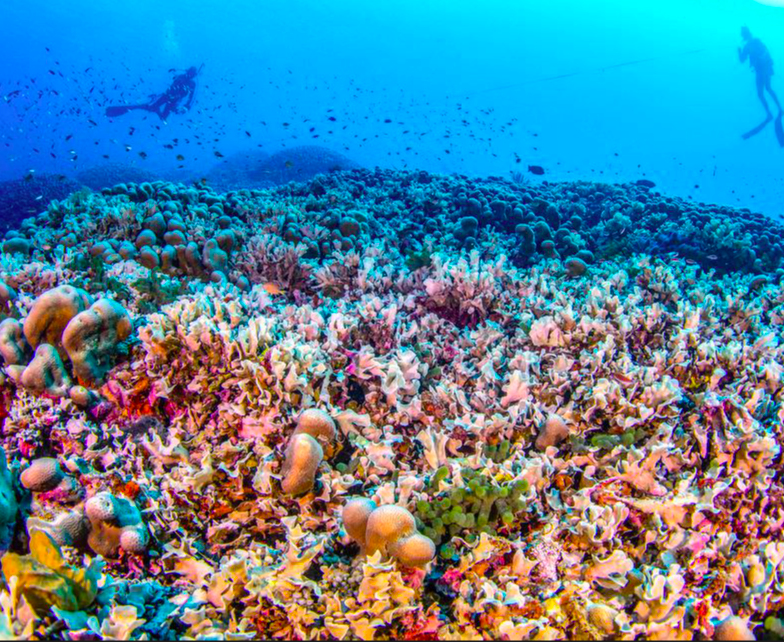
Analysis of the news:
- A massive coral, the largest ever discovered, has been found near the Solomon Islands in the Pacific Ocean.
- The coral stretches over an area larger than two basketball courts.
- Initially mistaken for a shipwreck, it is believed to be about 300 years old.
- Unlike coral reefs made of multiple colonies, this coral is a single, solitary structure.
- It serves as an essential habitat for various marine species, from small crustaceans to larger fish.
- The discovery is significant amid the global coral crisis, which has been worsened by climate change.
- The coral’s resilience offers hope for the survival of similar ecosystems.
- Scientists hope the discovery will inspire more research and conservation efforts to protect coral habitats.
2. The discovery of insulin and the ‘Flame of Hope’
(Source – The Hindu, International Edition – Page No. – 7)
| Context |
|
Endocrine Glands and Insulin Discovery
- Endocrine glands release hormones in small quantities to regulate bodily functions.
- The pancreas is both an endocrine and exocrine organ, controlling blood sugar through insulin.
- World Diabetes Day is observed on November 14 to honour Sir Frederick Banting.
Type 1 Diabetes Mellitus (T1DM)
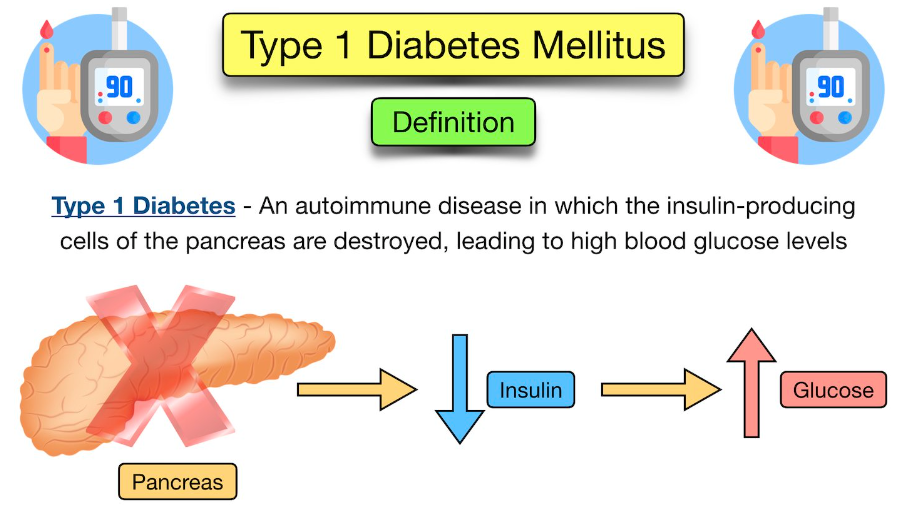
- Type 1 diabetes (T1DM) is an autoimmune disease attacking insulin-producing cells in the pancreas.
- T1DM commonly affects children and young adults, with 9 million global cases.
- In India, the incidence of T1DM is 4.9 per 100,000 annually.
- The cause remains unclear, but genetic and environmental factors are suspected.
Historical Insights and Early Research
- Symptoms of diabetes were known in ancient civilizations but lacked scientific understanding.
- Paul Langerhans discovered the islets of Langerhans in the pancreas in 1869.
- In 1889, research linked the pancreas to blood sugar regulation.
Climax at the University of Toronto
- Frederick Banting, John Macleod, and Charles Best isolated insulin in 1921.
- James Collip purified insulin for human use, making it safe and effective.
- Leonard Thompson received the first successful insulin injection in 1922.
- Banting and Macleod were awarded the Nobel Prize in 1923, amidst credit controversies.
Mass Production and Modern Advances
- Banting sold insulin’s patent to the University of Toronto for $1 to ensure widespread production.
- Recombinant DNA technology in the 1980s enabled mass production of human insulin from bacteria.
3. Borderless Europe fights brain drain as talent heads to the wealthier north
(Source – The Hindu, International Edition – Page No. – 13)
| Context |
|
Portugal’s Efforts to Retain Young Talent
- Government Measures
- The government is offering tax breaks for young workers, including a potential 100% income tax exemption.
- Additional housing assistance is being provided to make staying in Portugal more attractive for young people.
- Tax and Wage Disparities
- Portugal has the eighth-highest tax burden in the OECD.
- The average after-tax income in Portugal is much lower than in countries like the Netherlands, incentivizing migration.
- Concerns Over Housing and Job Opportunities
- Many young people are sceptical about job prospects and housing affordability.
- The housing crisis is worsened by wealthy foreigners attracted by tax breaks and easy residency rights.
- The Brain Drain Problem
- About 850,000 Portuguese nationals aged 15-39 currently live abroad.
- Emigration results in significant loss of tax revenue and social security contributions, costing Portugal billions each year.
- EU-Wide Issue
- Portugal’s talent flight is part of a broader issue affecting Southern and Central Europe.
- Workers migrate to wealthier northern European countries for better wages and career opportunities.
- This migration contributes to regional labour shortages and hampers economic growth.

4. PM to launch stamp, coin on Munda’s birth anniversary
(Source – The Hindu, International Edition – Page No. – 4)
| Context |
|
More About Birsa Munda (1875–1900):
- Birthplace: Ulihatu, Ranchi, Bihar (now Jharkhand)
- Ethnicity: Munda tribe
- Movement: Led the Ulgulan (Munda Rebellion) against British colonial rule.
- Key Objective: Fought for the rights of tribal communities, land rights, and against exploitation by landlords and the British.
- Role: Considered a freedom fighter, social reformer, and religious leader.
- Religious Influence: Promoted the Birsait religion, encouraging Munda tribes to reject foreign influence.
- Major Achievements: Revived tribal culture and resistance, became a symbol of tribal pride.
- Legacy: Revered as “Dharti Aba” (Father of the Earth), and his contribution is honoured across India.
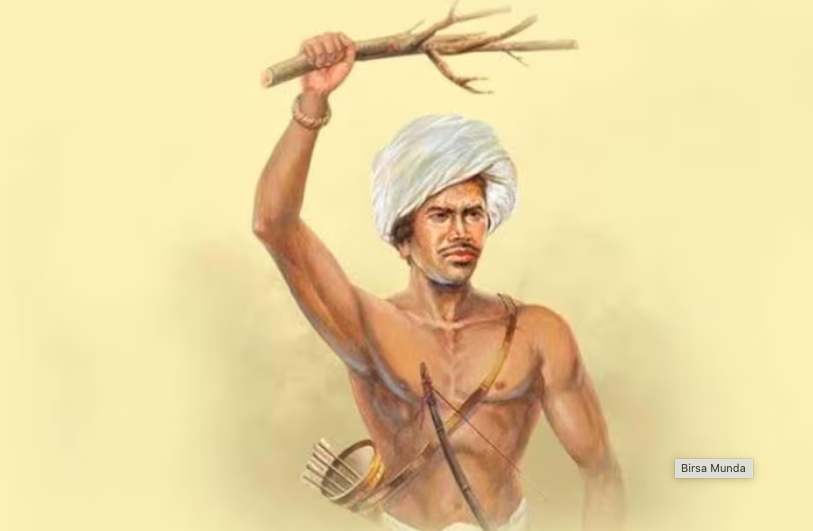
5. Delhi’s Air Quality Deteriorates Further, Triggers Emergency Measures and School Closures
(Source: Indian Express; Section: Cover Page; Page: 01)
| Context: |
|
Analysis of News:
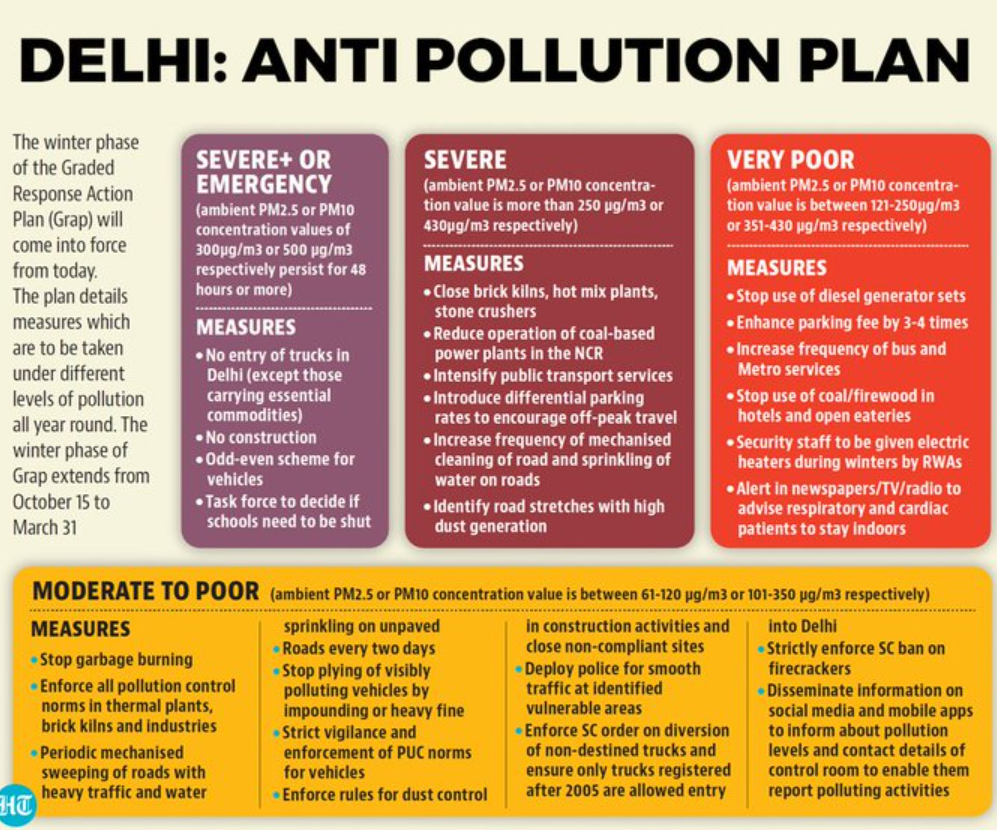
What is a Graded Response Action Plan (GRAP)?
- GRAP is a set of emergency measures that kick in to prevent further deterioration of air quality once it reaches a certain threshold in the Delhi-NCR region.
- It was approved by the Supreme Court in 2016 after the Supreme Court’s order in the matter of M. C. Mehta vs. Union of India (2016) and notified in 2017.
- Implementation:
- From 2021 onwards, the GRAP is being implemented by the CAQM.
- Till 2020, the Supreme Court-appointed Environment Pollution (Prevention & Control) Authority (EPCA) used to order States to implement GRAP measures.
- The EPCA was dissolved and replaced by the Commission for Air Quality Management (CAQM) in 2020.
- CAQM relies on air quality and meteorological forecasts by the Indian Institute of Tropical Meteorology (IITM) and the India Meteorological Department (IMD).
- Revision:
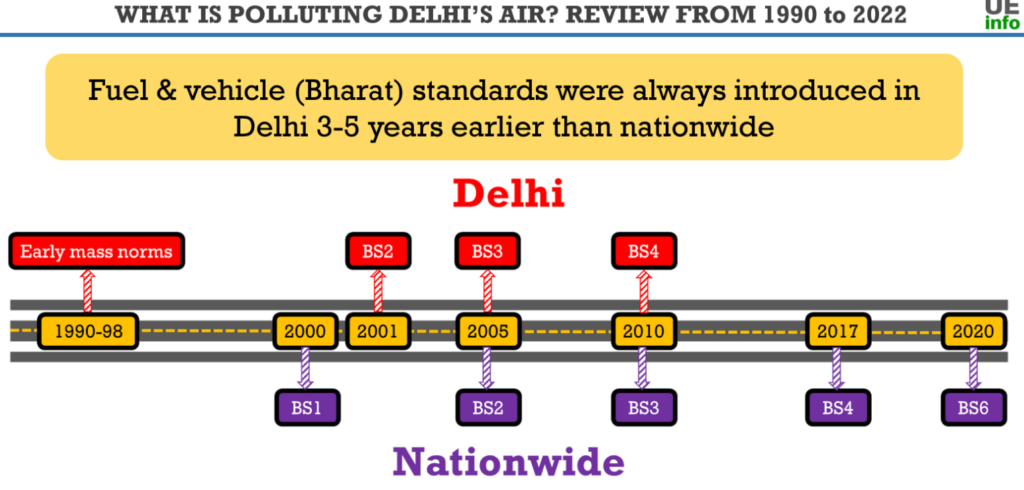
- Stage I (Poor Air Quality – AQI 201-300): Enforce NGT / Hon’ble SC’s order on over aged diesel / petrol vehicles.
- Stage II (Very Poor- AQI 301-400): Targeted actions to combat air pollution at identified hotspots in the region. Regulated operations of DG (Diesel Generators) have been set across all sectors in the NCR.
- Stage III (‘Severe’- AQI 401-450): Impose strict restrictions on BS III petrol and BS IV diesel four-wheelers in certain areas and may suspend physical classes in schools for primary grade children up to Class 5.
- Stage IV (Severe Plus- AQI greater than 450): When the AQI exceeds 450, four-wheelers registered outside Delhi, except for electric vehicles, CNG vehicles, and BS-VI diesel vehicles and vehicle carrying essential commodity, will not be allowed to enter the city.
Emergency Measures Under GRAP Stage-III
To address the air quality crisis, the Commission for Air Quality Management (CAQM) invoked the Graded Response Action Plan (GRAP) Stage III, activating strict control measures from Friday at 8 am. Key measures include:
- School Closures: Physical classes for primary schools across Delhi-NCR are suspended, with students shifting to online learning until further notice.
- Construction Restrictions: A ban on all dust-generating construction and demolition activities, excluding certain essential projects (defense, Metro, railways, airport, healthcare).
- Vehicle Restrictions: Prohibition on BS III petrol and BS IV diesel vehicles in Delhi and surrounding districts, as well as diesel-operated Medium Goods Vehicles and Low Commercial Vehicles that fail to meet BS-III standards.
Meteorological and Climatic Influences
These adverse meteorological conditions are anticipated to continue, delaying potential improvements in air quality.
The CAQM noted that Delhi’s AQI remained high due to unfavorable weather patterns, heavy fog, and stagnant conditions over the Indo-Gangetic Plain, which extends across Punjab, Haryana, and Uttar Pradesh.



